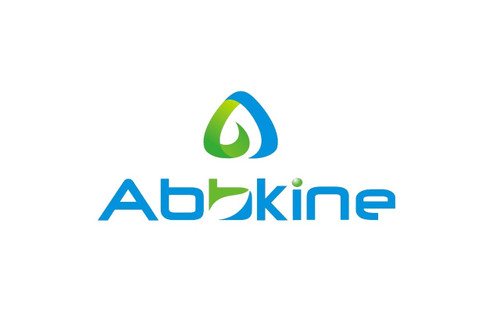Product Description
Rat X-box-binding protein 1 (XBP1) ELISA Kit | AE11062RA | Abebio
Species Reactivity: Rat (Rattus norvegicus)
Abbreviation: XBP1
Alternative Name: TREB5; XBP2;
Application: ELISA
Range: 0.156-10 ng/mL
Sensitivity: 0.054 ng/mL
Intra-Assay: ≤4.7%
Inter-Assay: ≤7.2%
Recovery: 0, 99
Sample Type: Serum, Plasma, Other biological fluids
Detection Method: Sandwich
Analysis Method : Quantitive
Test Principale: This assay employs a two-site sandwich ELISA to quantitate XBP1 in samples. An antibody specific for XBP1 has been pre-coated onto a microplate. Standards and samples are pipetted into the wells and anyXBP1 present is bound by the immobilized antibody. After removing any unbound substances, a biotin-conjugated antibody specific for XBP1 is added to the wells. After washing, Streptavidin conjugated Horseradish Peroxidase (HRP) is added to the wells. Following a wash to remove any unbound avidin-enzyme reagent, a substrate solution is added to the wells and color develops in proportion to the amount of XBP1 bound in the initial step. The color development is stopped and the intensity of the color is measured.
Product Overview: Chemokine (C motif) ligand (XCL1) is a small cytokine belonging to the XC chemokine family that is also known as lymphotactin. It is found in high levels in spleen, thymus, intestine and peripheral blood leukocytes, and at lower levels in lung, prostate gland and ovary. it shows little or no expression in colon and testis. Lymphotactin is chemotactic for CD4+ and CD8+ T cells but not for monocytes, and induces a rise in intracellular calcium in peripheral blood lymphocytes. Cellular sources for XCL1 include activated thymic and peripheral blood CD8 T cells. This chemokine attracts T cells. In humans, XCL1 is closely related to another chemokine called XCL2, whose gene is found at the same locus on chromosome 1. XCL1 induces it chemotactic function by binding to a chemokine receptor called XCR1.
Stability: The stability of ELISA kit is determined by the loss rate of activity. The loss rate of this kit is less than 5% within the expiration date under appropriate storage condition. The loss rate was determined by accelerated thermal degradation test. Keep the kit at 37°C for 4 and 7 days, and compare O.D.values of the kit kept at 37°C with that of at recommended temperature. (referring from China Biological Products Standard, which was calculated by the Arrhenius equation. For ELISA kit, 4 days storage at 37°C can be considered as 6 months at 2 - 8°C, which means 7 days at 37°C equaling 12 months at 2 - 8°C) .
 Euro
Euro
 USD
USD
 British Pound
British Pound
 NULL
NULL












